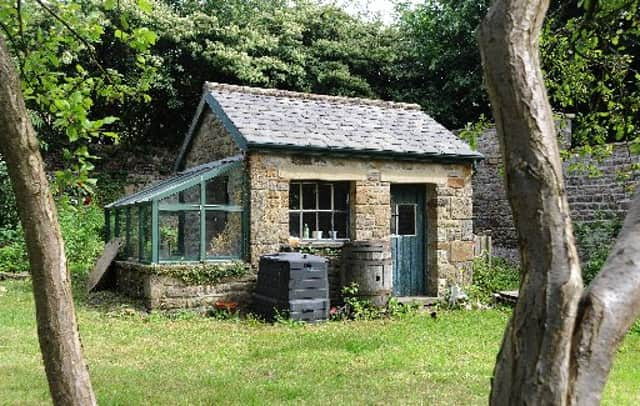Is your garden building breaking regulations?
This article contains affiliate links. We may earn a small commission on items purchased through this article, but that does not affect our editorial judgement.


Homeowners are being encouraged to get to grips with important garden building regulations in order to stay on the right side of the law.
Whether or not you will need planning permission largely depends on where you wish to place your building and where you live in the UK.
Advertisement
Hide AdAdvertisement
Hide AdHomeowners will usually be able to proceed with their installations without needing to be granted permissions, providing they meet certain criteria.
But there are still many considerations before you go ahead with your garden building.
A spokesperson for GardenBuildingsDirect.co.uk said: “Thousands of families across the UK are lucky enough to enjoy various garden buildings, and the majority of these will rightly be deemed appropriate in the eyes of the law.
“I suspect there are a minority of homeowners, however, that haven’t bothered to check whether their outdoor building complies with regulations and in failing to do so, are in fact breaking a number of planning permission laws.
Advertisement
Hide AdAdvertisement
Hide Ad“If your dream summer house is a two-storey timber structure with a fancy balcony, for instance, you will need to obtain planning permission before installing it.
“Similarly, if you are lucky enough to live in a listed building or on designated land, there’s a certain set of rules you will have to follow before building an outdoor office or playhouse, too.”
Your garden building will be considered a permitted development and will not require planning permission as long as it meets the following criteria:
The building is single storey and does not feature any verandas, balconies or raised platforms.
Advertisement
Hide AdAdvertisement
Hide AdThe building does not take up more than 50% of the area of land around the original house.
The building has a maximum overall height of no more than 2.5m from existing ground level, a maximum overall height of 4m with a dual-pitched roof, or 3m for any other roof.
The building will be placed more than 2m from your property’s boundaries.
The building will not be used as self-contained living accommodation.
Advertisement
Hide AdAdvertisement
Hide AdThe building is closer to the original house than it is to a road or public highway
The building has an internal size of up to 30m2only.
The building is not to be placed within the curtilage of a listed property.
The building does not cover an area larger than 10m2 if it is to be place on designated land – this refers to national parks, Areas of Outstanding Natural Beauty, World Heritage Sites, or the Broads.
The building will not be place to the side of a property on designated land.